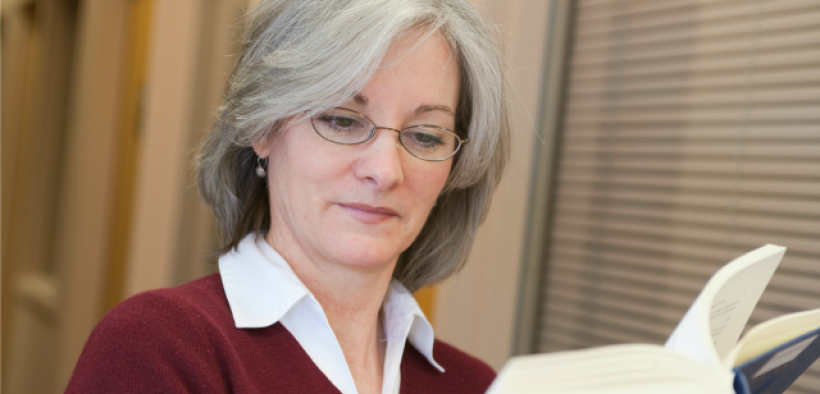We are definitely way more interested in learning than we used to be. In the early years of my teaching and faculty development work, it was all about teaching: improve it and students will automatically learn more. Now the focus is on how students learn and the implications that has for how we teach.
Lately I’ve been wondering about the learning practices of those of us who teach—what we know about ourselves as learners and how that knowledge influences the decisions we make about teaching. I’ve been trying to recall what I’ve thought about myself as a learner when I was in college. I think I self-identified as a student. I took courses and learned content. I liked some subjects and didn’t like others, which was sort of related to what I thought I could do. But the concept of learning as an entity was pretty much a big amorphous fuzz.
How Do You Learn?

Related Articles
I have two loves: teaching and learning. Although I love them for different reasons, I’ve been passionate about...
Active learning is a mostly meaningless educational buzzword. It’s a feel-good, intuitively popular term that indicates concern for...
Perhaps the earliest introduction a student has with a course is the syllabus as it’s generally the first...
Generative AI allows instructors to create interactive, self-directed review activities for their courses. The beauty of these activities...
I’ve often felt that a teacher’s life is suspended, Janus-like, between past experiences and future hopes; it’s only...
I teach first-year writing at a small liberal arts college, and on the first day of class, I...
Proponents of rubrics champion them as a means of ensuring consistency in grading, not only between students within...







